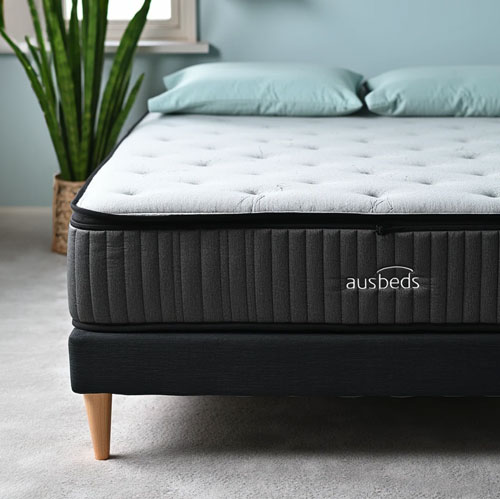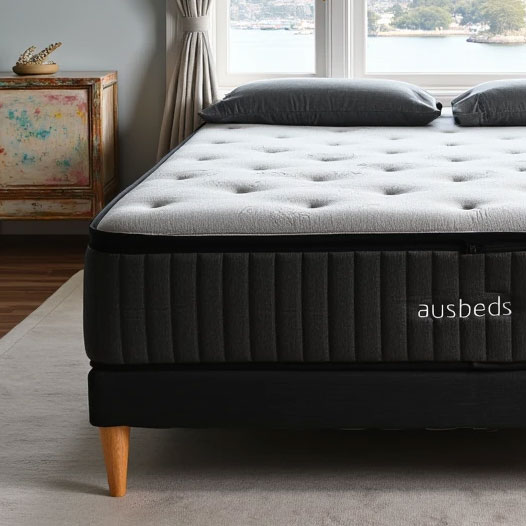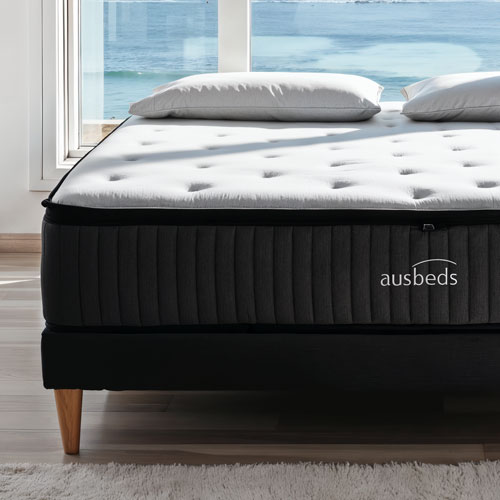Does It Matter If a Mattress Is Made in China?
Summary
Many Australian mattresses use Chinese components, but local assembly often allows better control over materials and prevents excessive foam degradation caused by compression in boxed mattresses. Mattress-making might seem simple, but tailoring products to the diverse needs of different body types and preferences is more complicated than it appears.1. Common Misconceptions About “Made in China”
It’s true that a large portion of mattress components—such as springs or foam—may come from China (and increasingly from India). However, the notion that an Australian-made mattress never uses Chinese parts is often incorrect. Local mattress makers may still use imported components but assemble them in Australia, giving them more control over quality.Why It Matters
- Quality Control: Australian standards for foam ingredients are stricter, which can help ensure fewer potential health risks.
- Material Degradation: Foam that is locally sourced and not excessively compressed often maintains its shape better.
2. The Impact of Boxed Mattresses
When mattresses are imported from overseas, they’re typically vacuum-sealed and boxed. This high level of compression can degrade the foam, leading to issues like deformed edges or weak support. While compression is convenient and cost-effective for shipping, it can reduce the mattress’s lifespan and comfort.Key Points
- Compression Time: The longer a mattress stays compressed, the more likely it is to suffer permanent shape issues.
- Sales Strategies: Some manufacturers run clearance sales when they suspect certain boxed mattresses have been stored too long and risk not bouncing back.
3. Local Assembly Advantages
When mattresses are assembled locally, manufacturers can mix and match components from different suppliers worldwide. They might import springs from China but use high-quality Australian foam. By doing so, they can avoid the heavy compression that typically occurs with boxed mattresses and add structural elements, like border wire, which can’t be easily rolled up.4. Are Mattresses Really Simple to Make?
On the surface, a mattress might not look complex. But designing a range that satisfies different body weights, preferences, and sleep styles requires significant expertise.- Personal Preferences: One person’s perfect “cloud-like” mattress could be another person’s “saggy mess.”
- Partner Dynamics: Two people sharing a mattress might have different comfort needs—making the design process even more challenging.
- Thickness & Layers: Pillow-top thickness (more than 10 cm, for example) can significantly change comfort levels.
5. Finding the Right Mattress for You
Despite the complexity, comfort should remain your top priority. Here are a few tips:- Test In Person: Whenever possible, lie on different mattresses in-store to see what feels most comfortable.
- Check Foam & Materials: Verify the quality and origin of the foam and other materials, if transparency is available.
- Mind the Pillow Top: Avoid overly thick pillow tops if you dislike sinking in too much.
- Don’t Get Hung Up on “Made in China”: Focus on whether the company meets quality and safety standards, not just the origin of the components.
Final Thoughts
Yes, many mattresses—regardless of the brand—contain Chinese-made parts. However, local assembly can mitigate potential issues like foam degradation and limited material selection. In the end, mattress comfort and longevity come down to the right blend of quality materials, proper manufacturing practices, and personal preference. If in doubt, test before you buy!Disclaimer This post is based on personal observations and industry knowledge. Always conduct your own research or consult professionals when making high-value purchase decisions.
Thanks for reading! Have any experiences with mattresses made in China or locally assembled options? Share your thoughts or questions in the comments below.


